Nature is full of surprises, especially when it comes to survival. Animals have developed incredible abilities to escape death, from playing dead to regenerating body parts. These amazing adaptations show just how creative and resilient life can be in the face of danger.
Opossums Play Possum
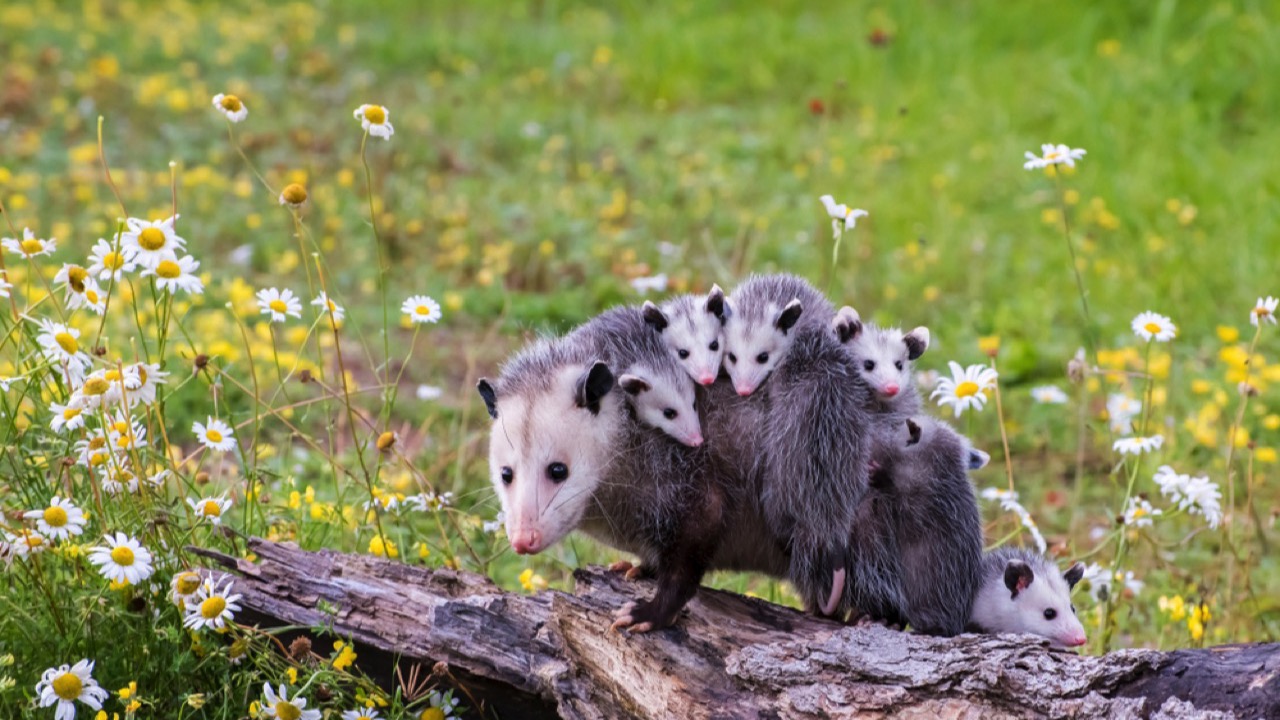
When threatened, opossums don’t just play dead – they go all out. These marsupials fall into a coma-like state, complete with a slowed heart rate and breathing. They even secrete a foul smell to convince predators they’re already dead and rotting. This act can last for hours, giving the opossum plenty of time to escape once the coast is clear.
Axolotls Regrow Lost Limbs
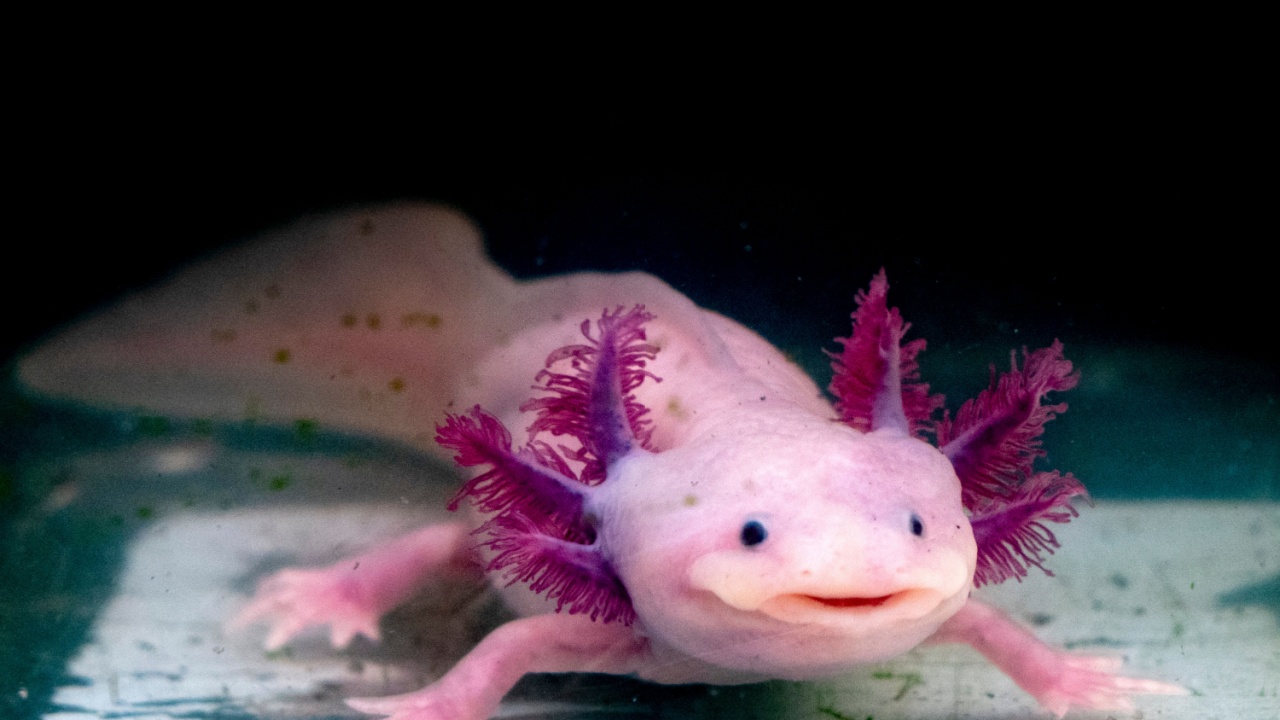
Axolotls are masters of regeneration. These salamanders can regrow lost limbs, organs, and even parts of their brain. If an axolotl loses a leg, it will grow back within weeks, complete with new bones, muscles, and nerves. This incredible ability gives axolotls a second chance at life after injuries that would be fatal to other animals.
Jellyfish Turn Back Time

Some jellyfish species have found a way to cheat death by reversing their life cycle. When stressed or injured, these jellies can revert to their juvenile polyp stage. It’s like a butterfly turning back into a caterpillar. This process, called transdifferentiation, allows the jellyfish to start its life cycle over again, potentially making it immortal.
Frozen Frogs Thaw Back to Life

Wood frogs have a bizarre way of surviving harsh winters. They literally freeze solid, with no heartbeat or blood flow. Special proteins in their blood act like antifreeze, preventing fatal ice crystals from forming in their cells. When spring comes, these frosty frogs thaw out and hop away as if nothing happened.
Tardigrades Survive Extreme Conditions
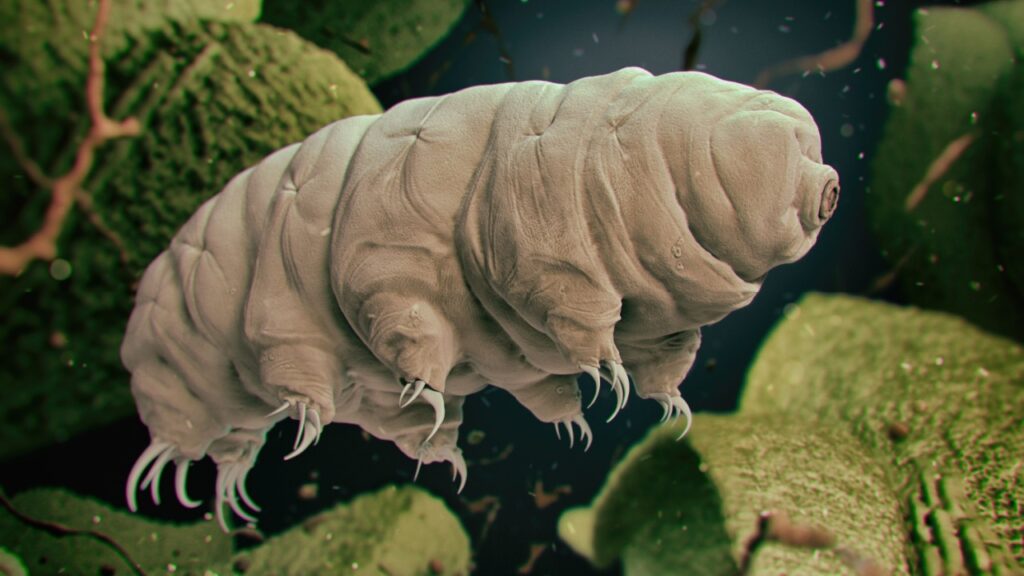
Tardigrades, also known as water bears, are practically indestructible. These microscopic animals can survive being boiled, frozen, crushed, and even exposed to the vacuum of space. When conditions get tough, tardigrades enter a state called cryptobiosis, drying out and slowing their metabolism to a near stop. They can stay this way for years, coming back to life when conditions improve.
Planarian Worms Split and Regenerate
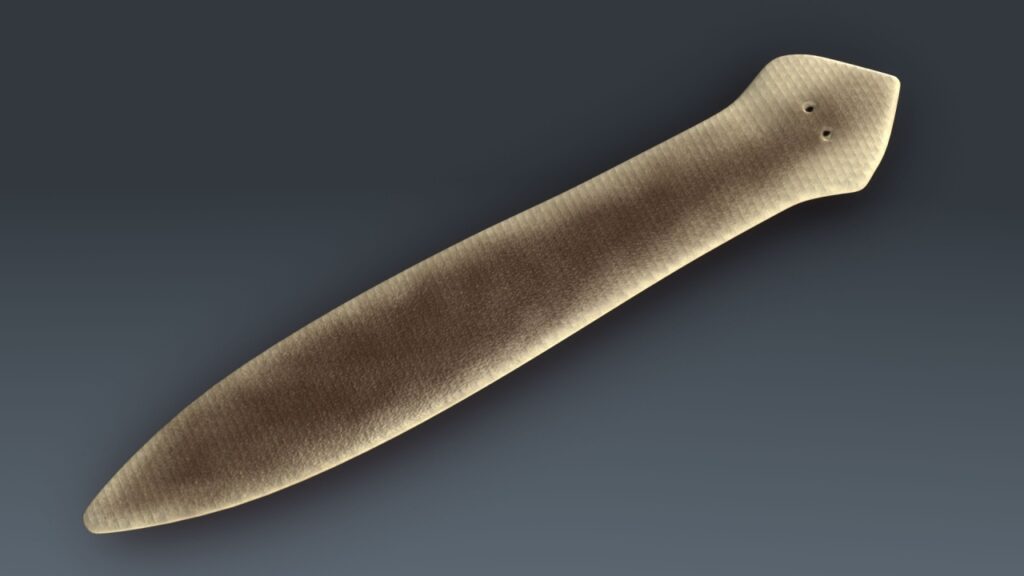
Planarian worms take regeneration to a whole new level. If you cut one of these flatworms in half, each piece will grow into a complete worm. You can even cut a planarian into 279 pieces, and each piece will become a new worm. This amazing ability means that planarians can survive injuries that would be deadly to most other animals.
Lungfish Breathe Air and Hibernate in Mud
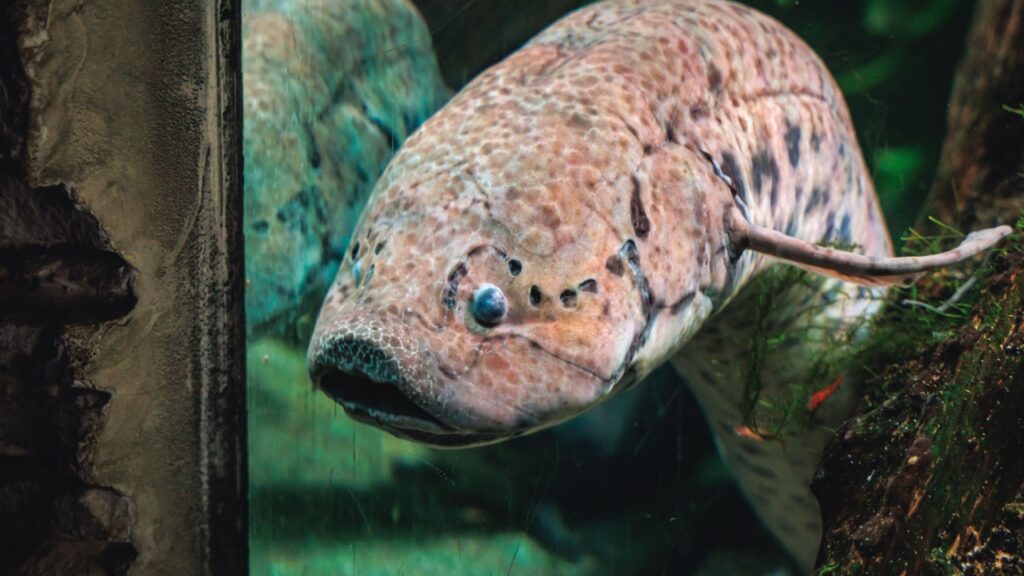
African lungfish have a clever trick for surviving drought. When their water source dries up, these fish burrow into the mud and secrete a mucus cocoon. They can breathe air through a small tube and slow down their metabolism, surviving like this for years. When the rains return, the lungfish break free and swim away.
Squirrels Warm Their Brains to Wake from Hibernation
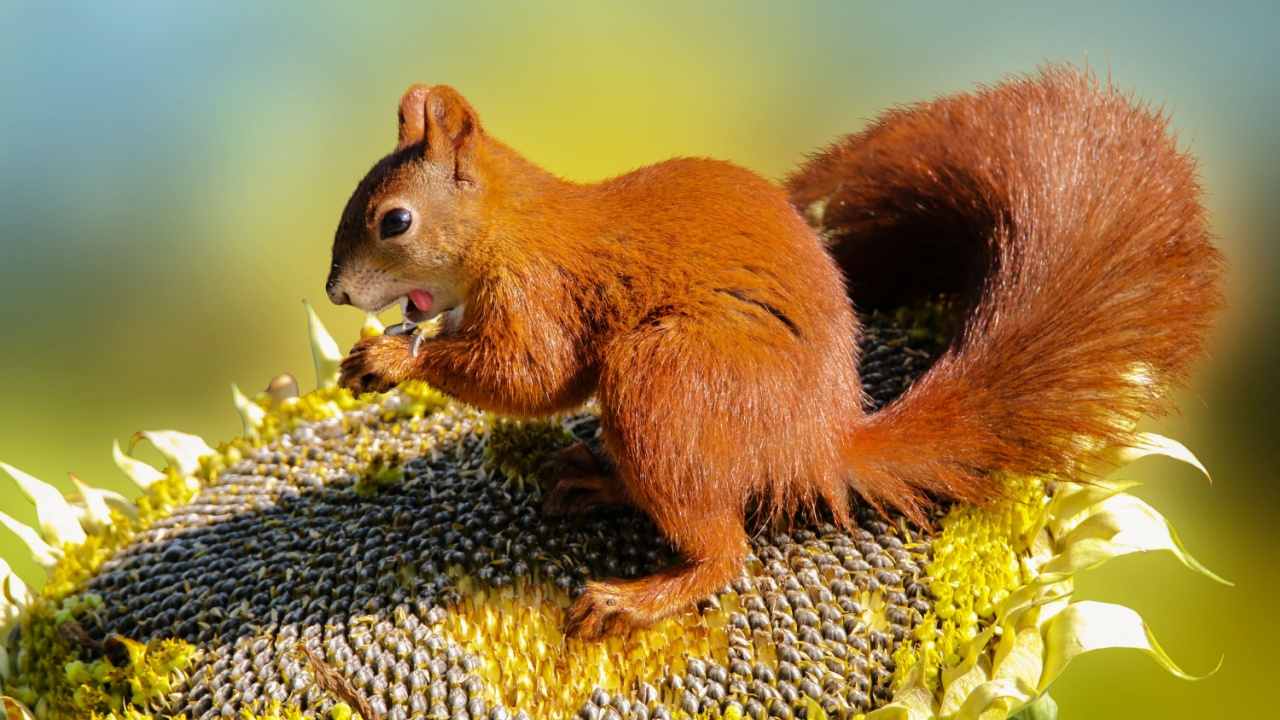
Ground squirrels have a unique way of waking up from hibernation. Their body temperature drops to near freezing during winter, but they periodically warm their brains to just below normal. This helps prevent brain damage and allows them to wake up quickly if needed. It’s like having an internal alarm clock that keeps them safe during their long winter nap.
Sea Cucumbers Liquefy Their Bodies
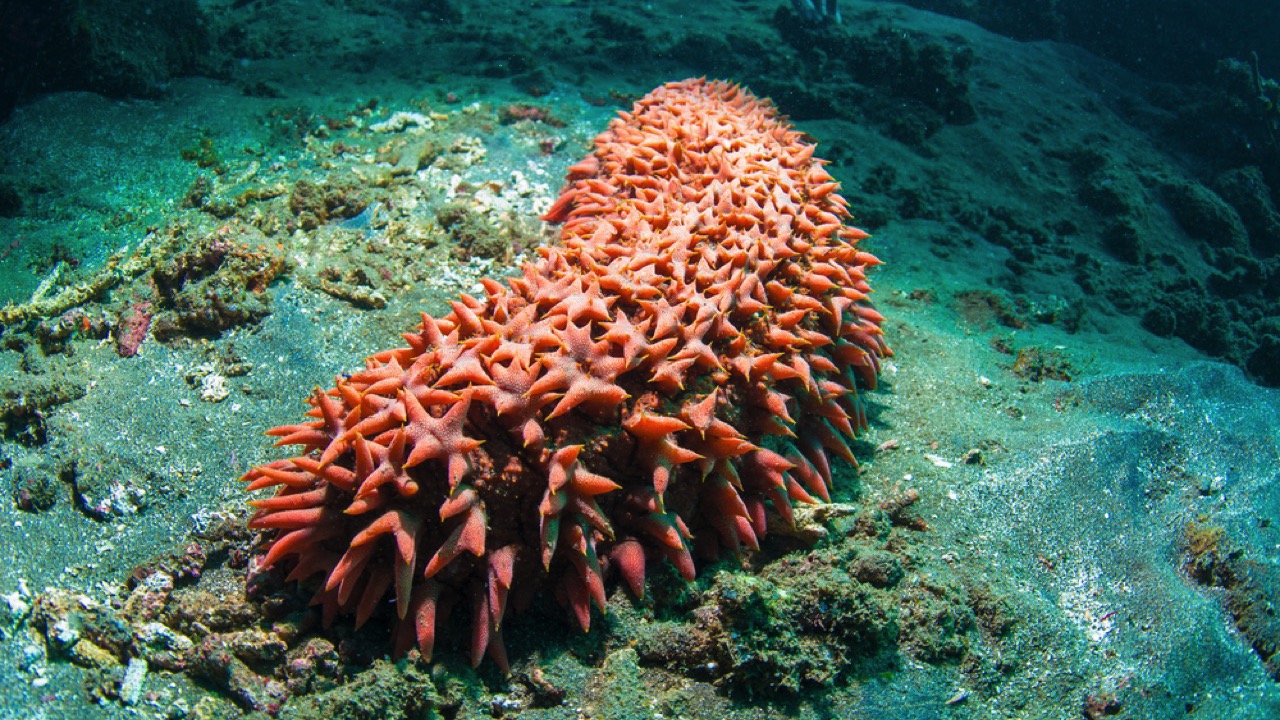
When threatened, some sea cucumbers can turn their bodies to liquid. They loosen the collagen that holds their tissues together, allowing them to pour through small spaces to escape predators. Once safe, they quickly reform their bodies. This bizarre ability lets sea cucumbers slip away from danger in a way few other animals can.
Cryoprotection in Arctic Fish
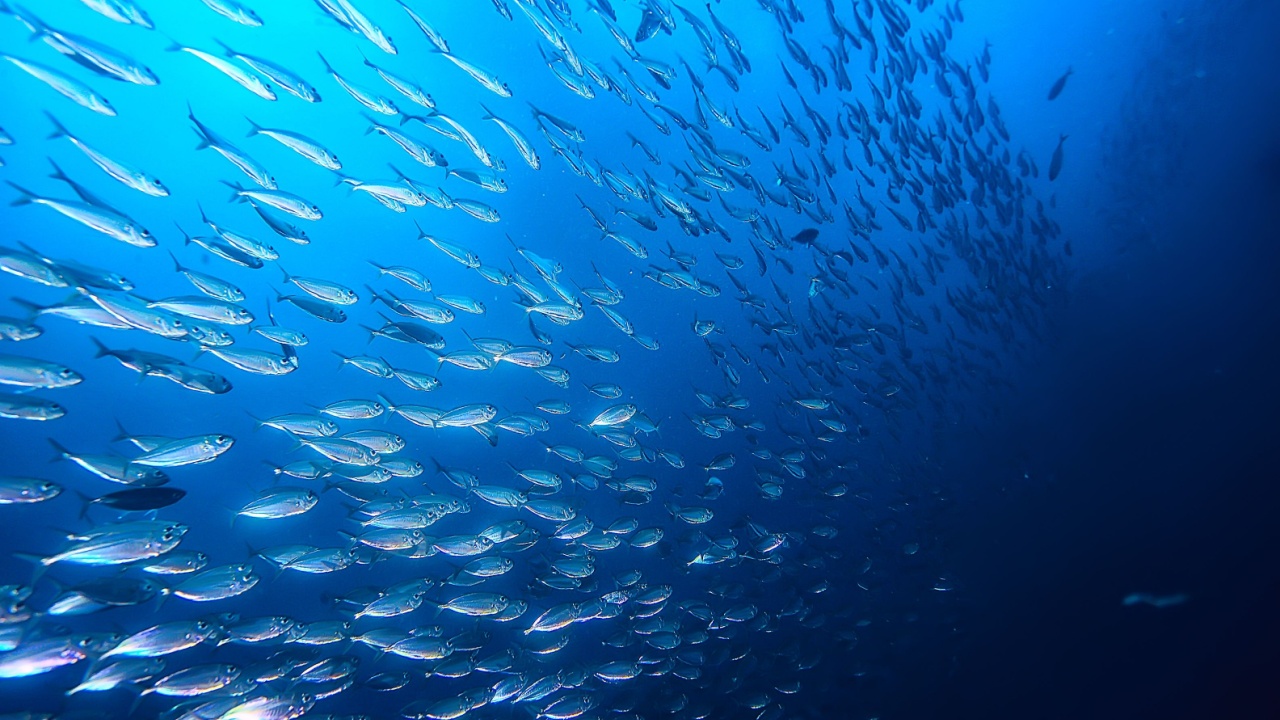
Some fish living in arctic waters have a natural antifreeze in their blood. Special proteins lower the freezing point of their bodily fluids, preventing ice crystals from forming. This allows these fish to swim in waters colder than the freezing point of normal fish blood. Without this adaptation, they’d freeze solid in their chilly homes.
Spadefoot Toads Hibernate for Years
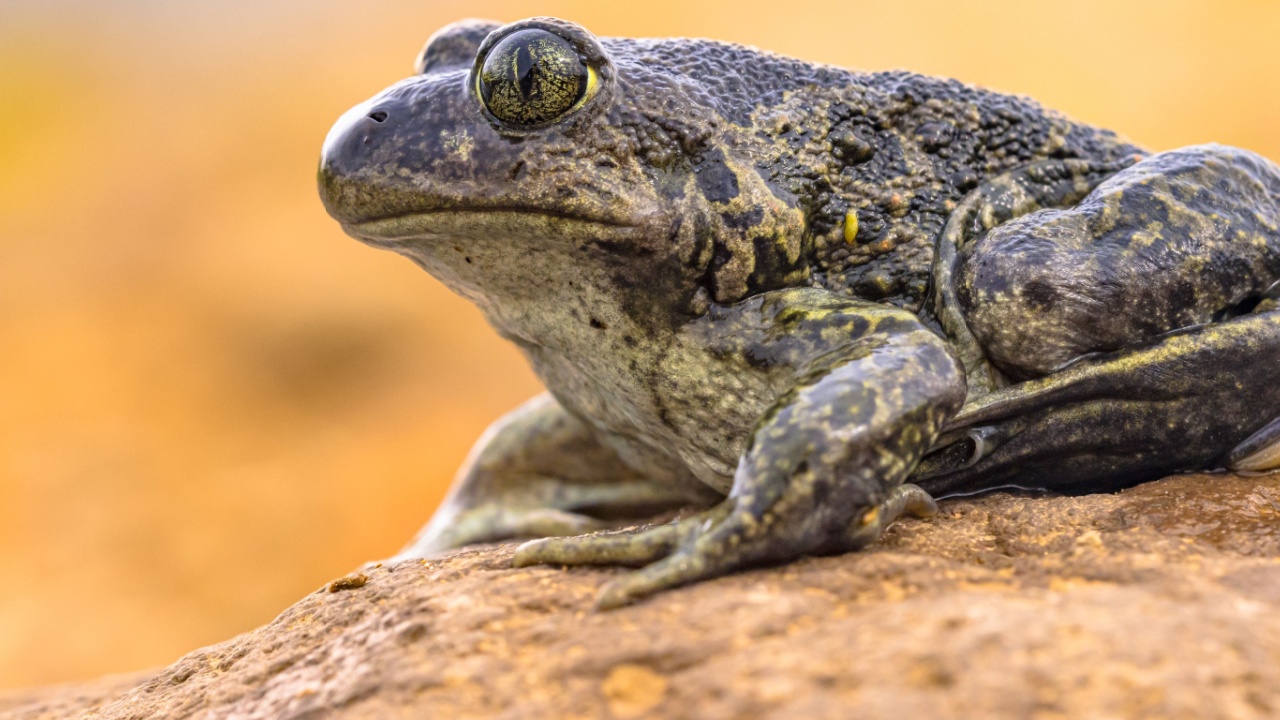
Spadefoot toads can survive long droughts by going into deep hibernation. They burrow underground and wrap themselves in a cocoon made of dead skin cells. Their metabolism slows to a crawl, and they can survive like this for years, waiting for rain. When water finally seeps into their burrow, they wake up and emerge to breed.
Parasitic Wasps Control Zombie Spiders
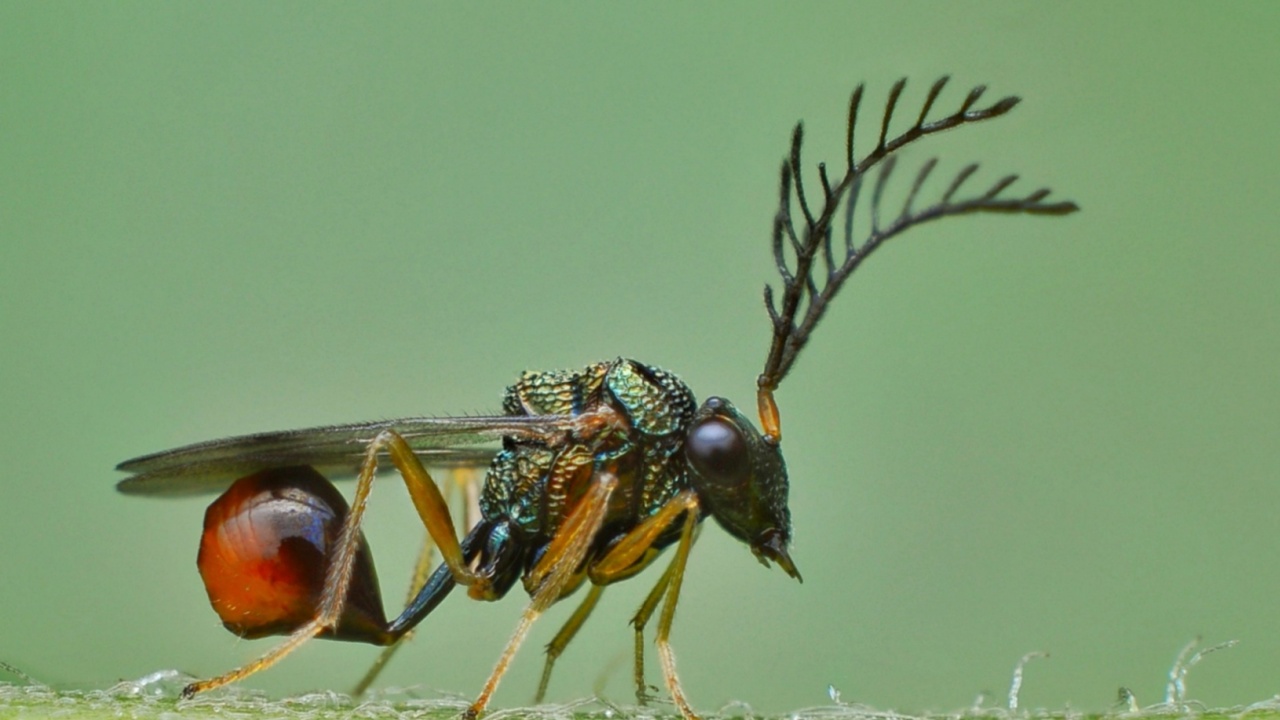
Some parasitic wasps have a creepy way of ensuring their offspring’s survival. They sting spiders, paralyzing them and laying an egg on their bodies. The wasp larva feeds on the living spider, controlling its behavior to build a special web for the larva’s cocoon. The spider becomes a living nursery and food source, dying only when the young wasp is ready to emerge.
Nematodes Survive Desiccation
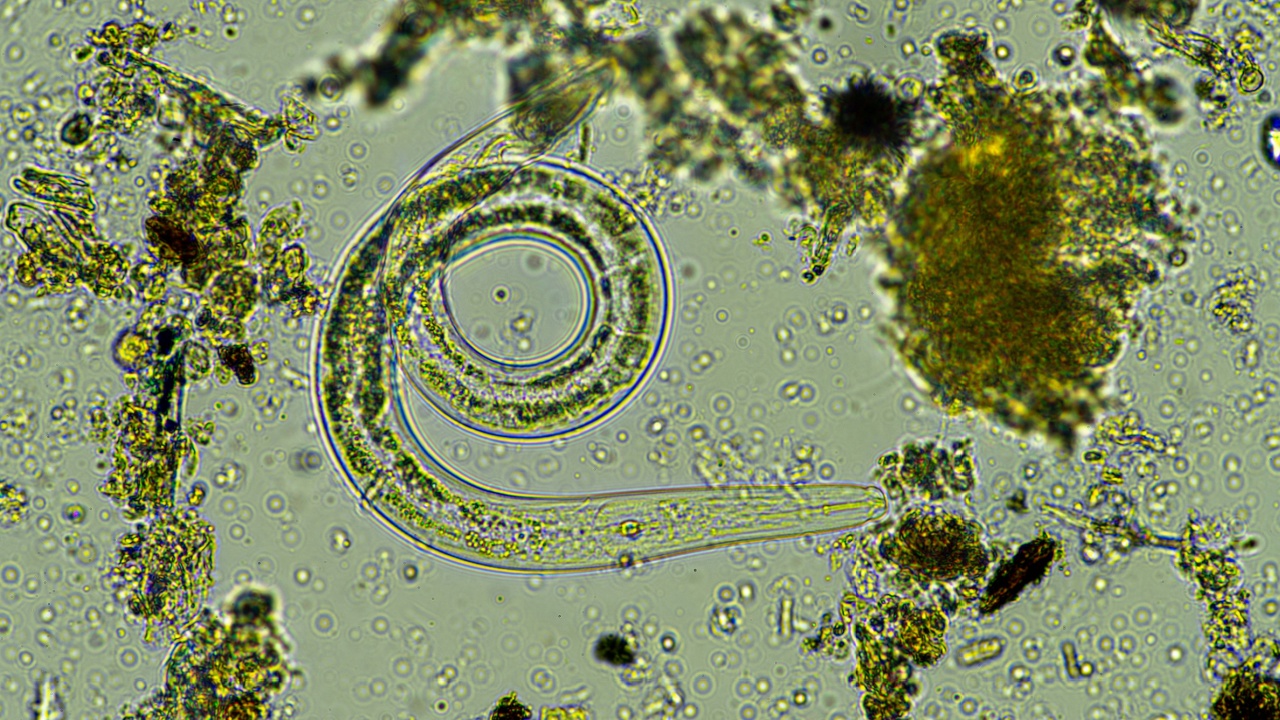
Some nematode worms can survive complete desiccation, a state called anhydrobiosis. They curl up into a tight coil called a “tun” and produce special sugars that replace the water in their cells. In this dried-out state, they can survive extreme temperatures and even the vacuum of space. Add water, and these tough little worms spring back to life.
Bdelloid Rotifers Steal DNA to Adapt
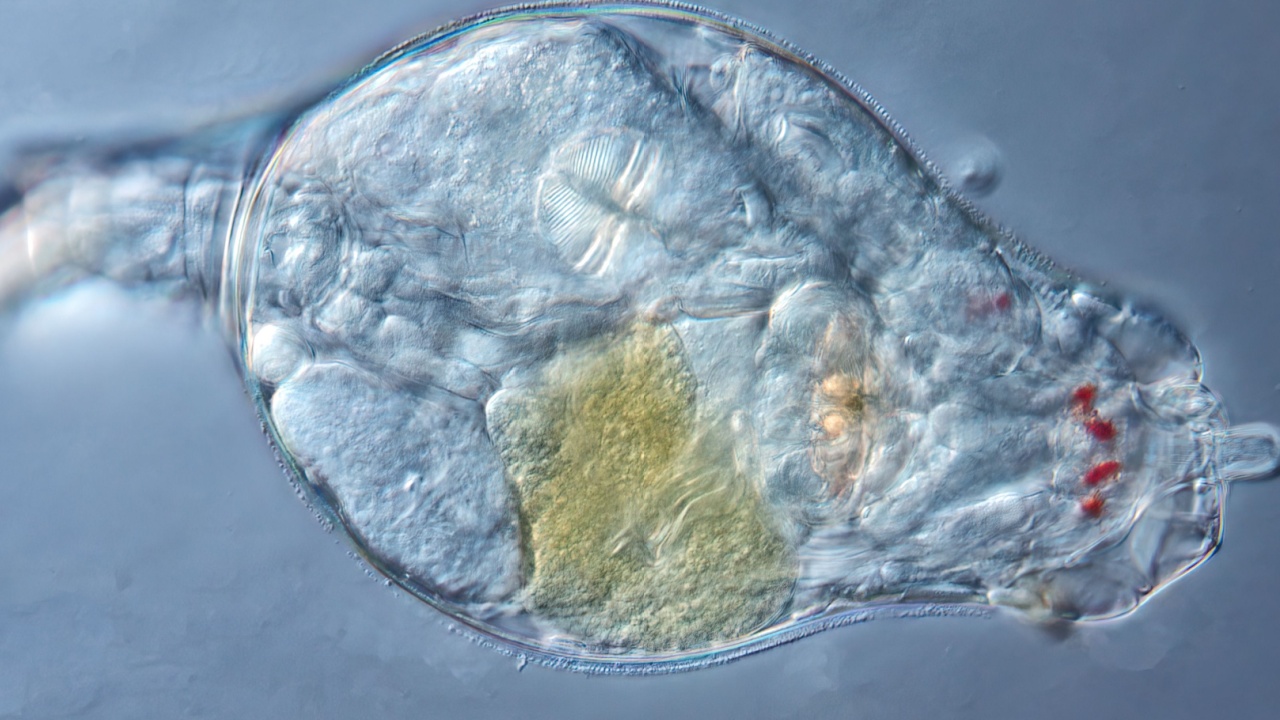
Bdelloid rotifers are tiny animals with a unique survival strategy. They can absorb DNA from their environment and incorporate it into their own genome. This allows them to quickly adapt to new conditions and threats. It’s like having a toolkit of borrowed genes they can use to survive in changing environments.
Geckos Detach Their Tails
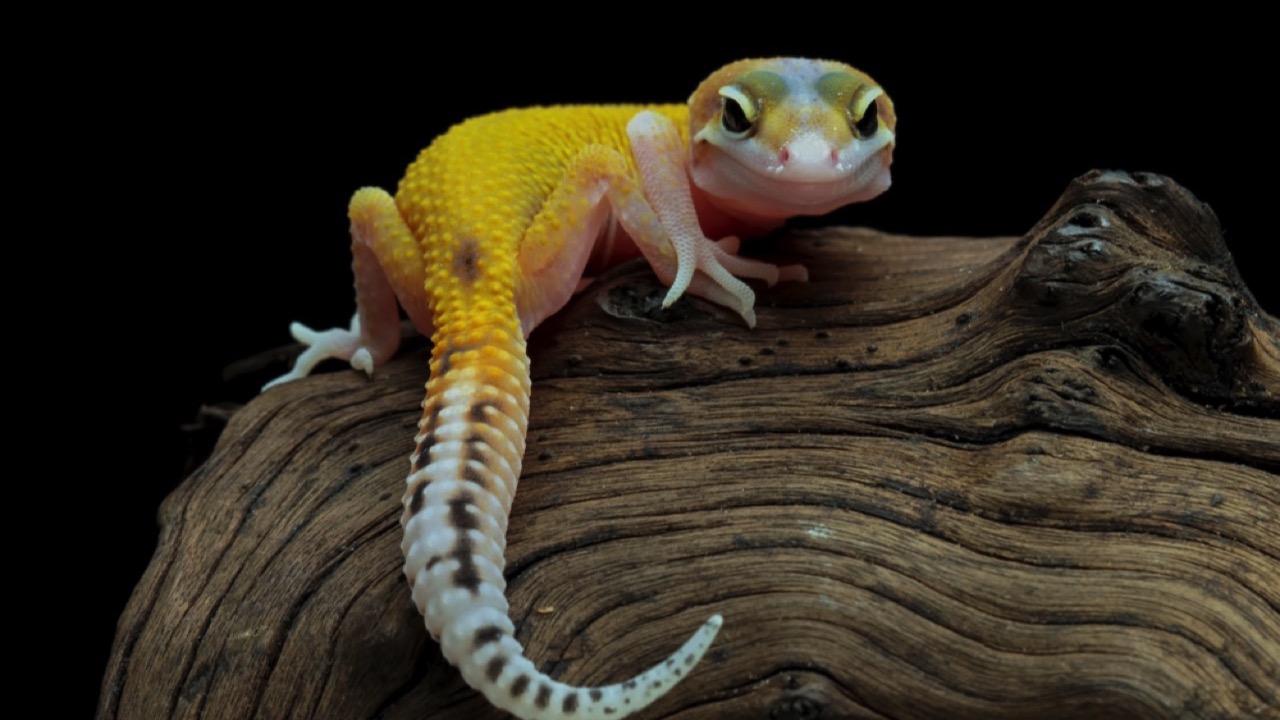
Many gecko species can detach their tails when grabbed by predators. The tail continues to wiggle, distracting the predator while the gecko escapes. But that’s not all – geckos can regrow their tails, complete with a new spinal cord. This sacrificial strategy gives geckos a second chance at survival when caught by surprise.
Becky is a fervent wildlife enthusiast and pet care expert with a diploma in canine nutrition. Her love for animals stretches beyond the domestic, embracing the wild tapestry of global fauna. With over a decade of experience in animal welfare, Becky lends her expertise to OutlandishOwl through insightful articles, captivating wildlife information, and invaluable guidance on pet nutrition. Her work embodies a deep commitment to understanding the intricate lives of animals and a passion for educating others on sustaining natural habitats. Becky's hands-on conservation efforts and her knack for translating complex dietary science into practical pet feeding tips make her an indispensable voice for creatures great and small.




